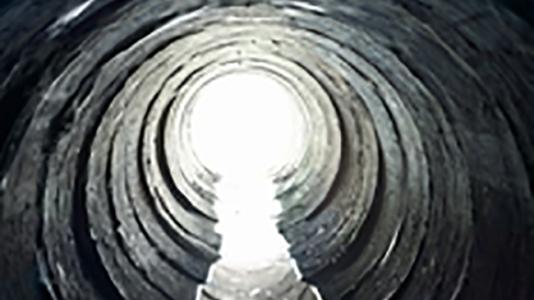
Water doesn’t just come from a lake or reservoir and flow to our homes; utilities have developed complex infrastructures of pipes, valves, and sensors that track water through the system. But it would be nice to predict when trouble — like contamination, security threat or shortage—can occur. What we need is “smart water,” or an intelligent water distribution system.
Enter Argonne researcher Tom Taxon, who is developing a system for real-time software modeling of water distribution called EPANET-RTX, in concert with Robert Janke at the U. S. EPA’s National Homeland Security Research Center and the University of Cincinnati.
EPANET is free, public-domain software that models water distribution piping systems. It simulates how water moves and behaves within pressurized pipe networks. EPANET helps water utilities maintain and improve the quality of water delivered to consumers. The RTX (Real-Time extension) software library, based on EPANET, allows utilities to join their data with models that will help them improve day-to-day operations and enhance security in a more sustainable and productive manner.
Real-time modeling also helps utilities understand what is happening in an aging water distribution system (where the location of older pipes might even be unknown). It tracks issues like water loss, water quality, and operational efficiency. Knowing these factors can help lower the cost of water delivery, meet federal water quality regulations, and provide security. For example, it could shorten the detection-to-response time in case of an emergency—a “smart” response to keep our water safe and secure.
Support for this research is provided by the U.S. Environmental Protection Agency.
This story was originally published in volume 8, issue 1 of Argonne Now, the laboratory’s semiannual science magazine.